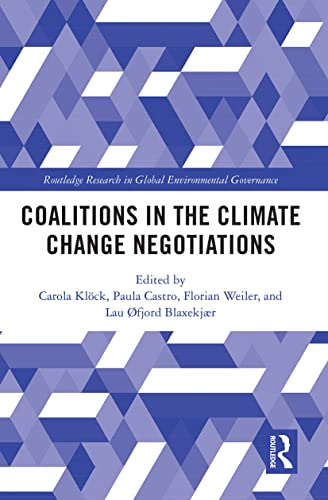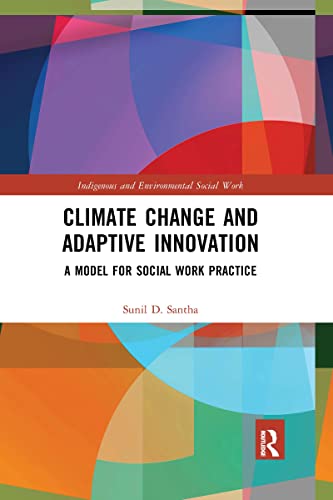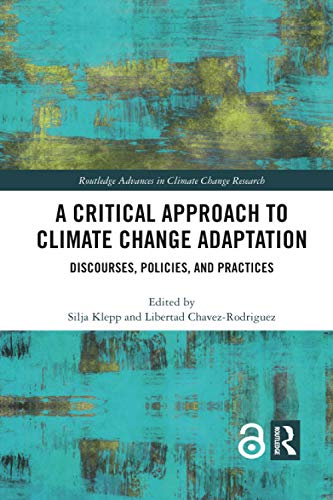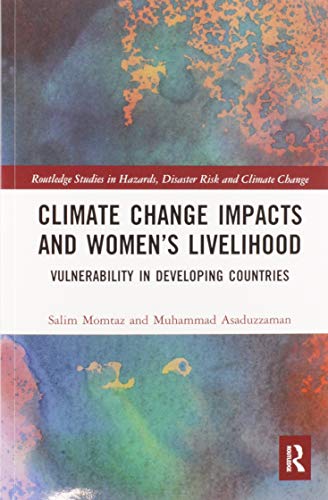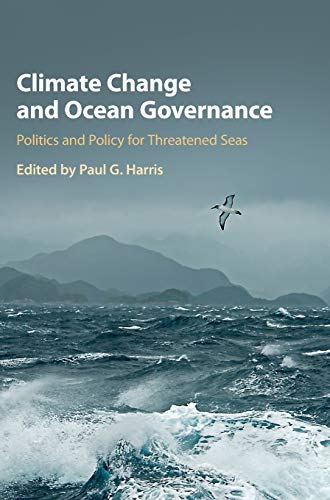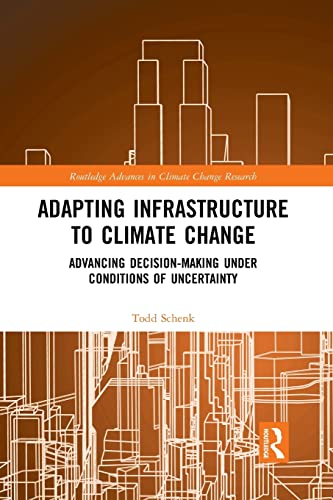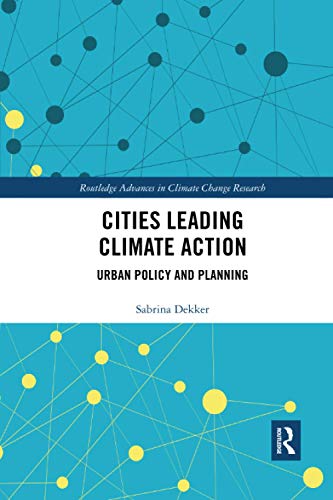Description
This edited volume provides both a broad overview of cooperation patterns in the UNFCCC climate change negotiations and an in-depth analysis of specific coalitions and their relations.
Over the course of three parts, this book maps out and takes stock of patterns of cooperation in the climate change negotiations since their inception in 1995. In Part I, the authors focus on the evolution of coalitions over time, examining why these emerged and how they function. Part II drills deeper into a set of coalitions, particularly “new” political groups that have emerged in the last rounds of negotiations around the Copenhagen Accord and the Paris Agreement. Finally, Part III explores common themes and open questions in coalition research, and provides a comprehensive overview of coalitions in the climate change negotiations.
By taking a broad approach to the study of coalitions in the climate change negotiations, this volume is an essential reference source for researchers, students, and negotiators with an interest in the dynamics of climate negotiations.
Table of Contents
1. Introduction Part 1: Overview: Coalition Dynamics in the Climate Change Negotiations 2. Fragmentation in the Climate Change Negotiations 3. The Role of Coalitions in the Climate Change Negotiations 4. The Temporal Emergence of Developing Country Coalitions Part 2: Individual Coalitions in the Climate Change Negotiations 5. Pacific Island States and 30 Years of Global Climate Change Negotiations 6. How the Cartagena Dialogue Brought UN Climate Negotiations Back on Track and Helped Deliver the Paris Agreement 7. The Narrative Position of the Like-Minded Developing Countries in Global Climate Negotiations 8. One Voice, One Africa 9. AILAC and ALBA Part 3: Conclusion and Outlook 10. Conclusions
